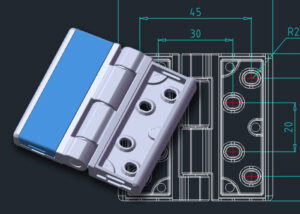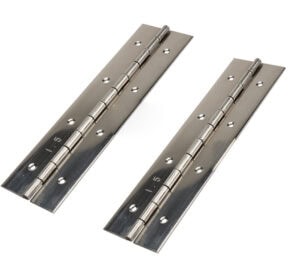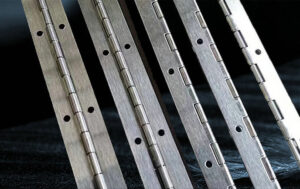Test chamber hinges are an essential component of any testing chamber, providing secure and easy access to the chamber while maintaining a tight seal. These hinges are available in a variety of materials and types, making the selection process crucial for ensuring the proper function and longevity of the chamber.
In this article, we will explore the most commonly used materials, how to select the right hinge for a particular application, the weight capacity, maintenance requirements, types of test chamber hinges, key features of high-quality hinges, installation and adjustment process, common problems that can occur, regulatory requirements, and the industries and applications where test chamber hinges are commonly used.
What are the most commonly used materials for test chamber hinges?
These hinges are typically made of materials that are strong, durable, and resistant to corrosion, moisture, and temperature fluctuations. The most commonly used materials for test chamber hinges are stainless steel, aluminum, and plastic. Stainless steel is popular for its strength, corrosion resistance, and ease of cleaning. Aluminum is lightweight, yet strong, and has an excellent strength-to-weight ratio. Plastic hinges are used for applications where chemical resistance and low weight are essential.
Many of IHINGES’ products are made of stainless steel for hinges used on heavy equipment. This ensures that the hinges have the load-bearing performance and long-term use required. These hinges are often referred to as stainless steel heavy-duty hinges.
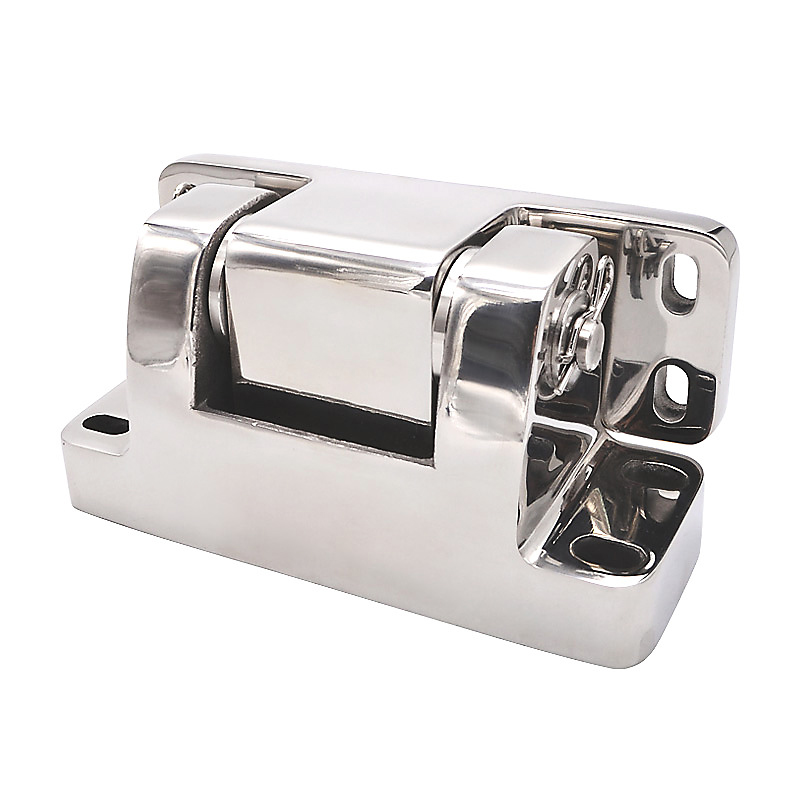
How do you select the right hinge for a particular test chamber application?
Selecting the right hinge for a particular test chamber application involves considering several factors, including the weight and size of the door, the frequency of use, the environmental conditions, and the regulatory requirements. It is also essential to consider the type of door, whether it swings open or slides. Once you have determined the door’s characteristics, you can select the hinge’s material, type, and weight capacity that will best suit your application.
What is the maximum weight that test chamber hinges can typically support?
The weight capacity of test chamber hinges depends on the size and material of the hinge. The maximum weight that test chamber hinges can typically support ranges from 50 pounds to over 500 pounds. It is crucial to choose a hinge with a weight capacity that can support the weight of the door to prevent sagging or failure of the hinge.
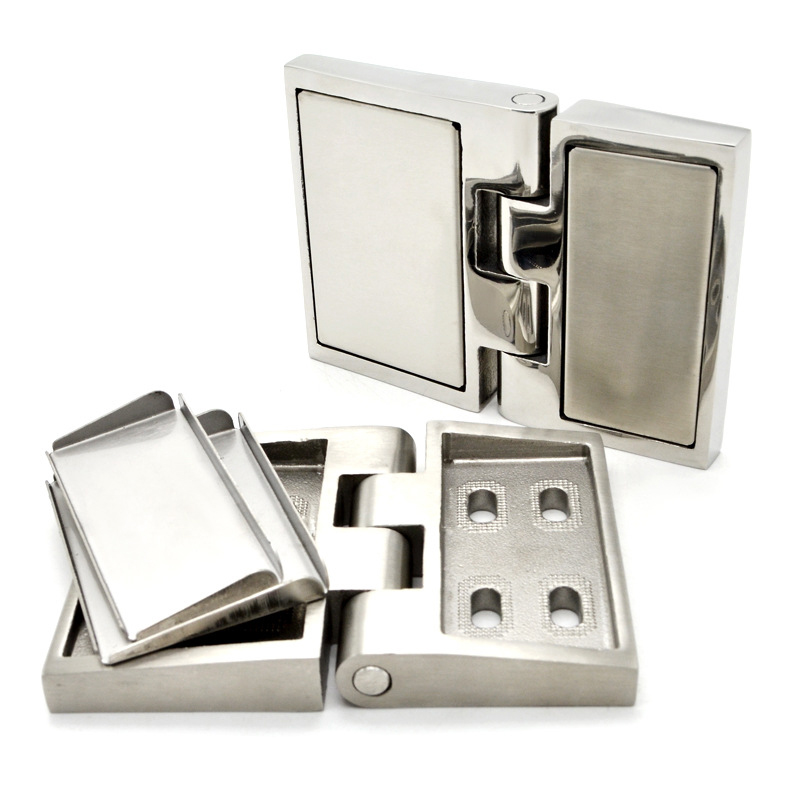
How important is regular maintenance for test chamber hinges?
Regular maintenance of test chamber hinges is critical for optimal performance and longevity. Hinges should be inspected regularly to ensure that they are free of rust or damage and can still support the door’s weight. Lubrication should also be applied periodically to reduce friction and prevent wear and tear. If any damage is found, the hinge should be replaced immediately to prevent further damage or malfunction.
What are the different types of test chamber hinges available on the market?
These hinges are available in various types, including butt hinges, continuous hinges, piano hinges, and strap hinges. Butt hinges are the most common type of hinge and consist of two plates attached with a pin, allowing the door to swing open and closed. Continuous hinges are a single strip of metal that runs the entire length of the door, providing added strength and stability. Piano hinges are thin and lightweight and are used for lightweight doors, while strap hinges are heavy-duty hinges used for large, heavy doors.
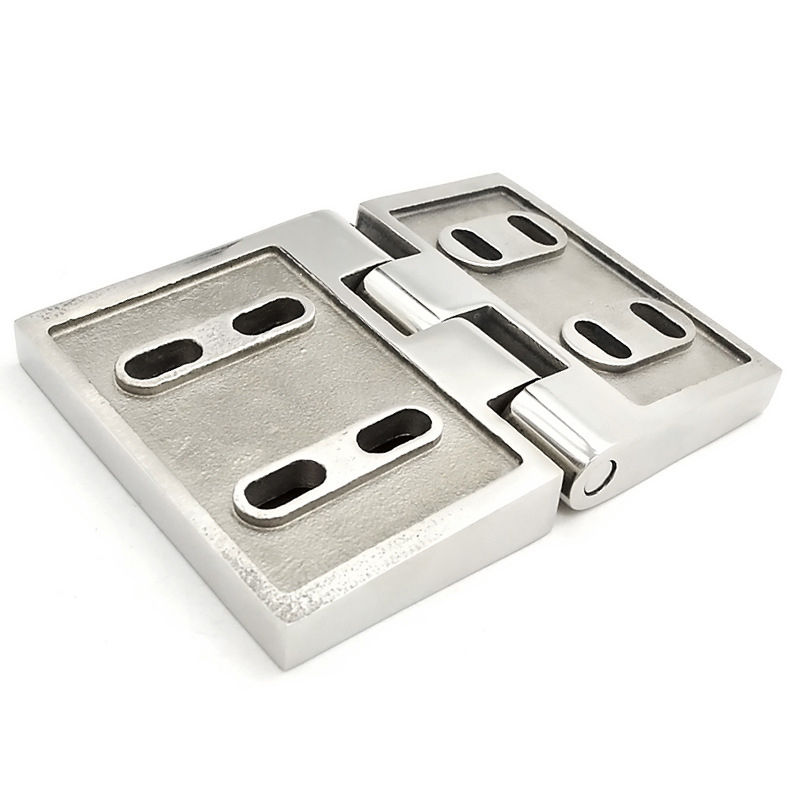
What are the key features to look for in a high-quality test chamber hinge?
High-quality hinges should be made of durable, corrosion-resistant materials that can withstand harsh environmental conditions. The hinge should have a weight capacity that can support the door’s weight and should be easy to install and maintain. The hinge’s design should also allow for easy adjustment and alignment and should be able to maintain a secure seal to prevent any leaks.
How do you install and adjust test chamber hinges?
To install and adjust test chamber hinges, the hinge should be mounted to the door frame and the door using screws. The hinge should be positioned to allow the door to swing freely and should be aligned with the opposite hinge to ensure that the door is level. Adjusting the hinges involves loosening the screws and adjusting the hinge’s position until the door opens. And closes smoothly and without any friction. It is also essential to check the door’s seal and adjust the hinge’s position to ensure a tight seal.
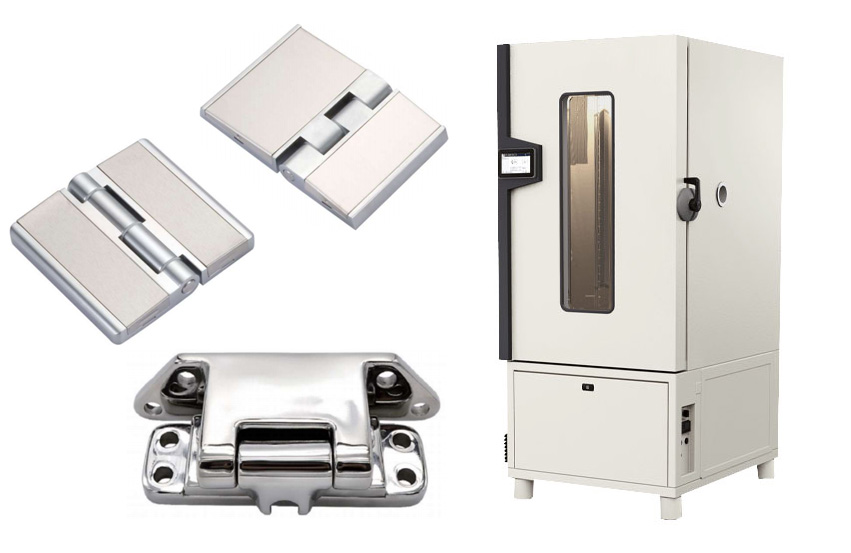
What are some common problems that can occur with these hinges and how can they be resolved?
Common problems that can occur with test chamber hinges include wear and tear, rust, misalignment, and sagging of the door. To resolve these issues, regular maintenance is necessary. Including lubrication and inspection for any damage or corrosion. Misalignment can be corrected by adjusting the hinge’s position, while sagging of the door can be resolved by replacing the hinge or installing an additional hinge for added support.
How do you ensure that hinges meet regulatory requirements for your industry?
To ensure that test chamber hinges meet regulatory requirements for your industry, it is essential to consult the relevant regulatory bodies and standards for your specific industry. These standards will outline the requirements for the materials, design. And performance of the hinge, ensuring that the hinge can withstand the environmental conditions and testing requirements of your industry.
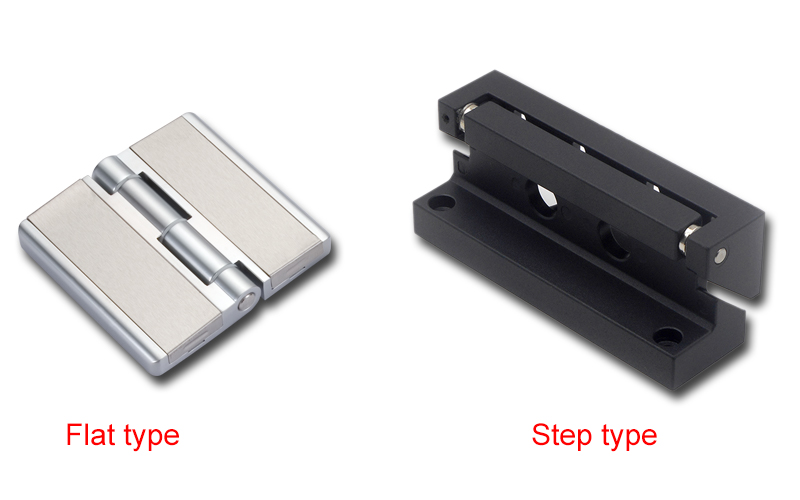
What are some examples of industries or applications that commonly use these hinges?
Test chamber hinges are used in various industries and applications that require environmental testing or controlled atmospheres. Including pharmaceuticals, food, and beverage, electronics, automotive, aerospace, and defense. These industries use test chambers to test products’ performance and durability under extreme conditions. Such as temperature, humidity, and pressure. The use of these hinges is crucial for maintaining a controlled environment and ensuring. That the products are not compromised during the testing process.
In my experience, test chamber hinges are an essential component of any testing chamber. Providing secure and easy access while maintaining a tight seal. Selecting the right hinge for a particular test chamber application involves considering several factors. Including the weight and size of the door, the frequency of use, the environmental conditions, and the regulatory requirements.
High-quality hinges should be made of durable, corrosion-resistant materials that can withstand harsh environmental conditions. And have a weight capacity that can support the door’s weight. Proper installation, adjustment, and regular maintenance of test chamber hinges are necessary for optimal performance and longevity. Test chamber hinges are used in various industries and applications. That requires environmental testing or controlled atmospheres, ensuring that products are tested and performed as intended under extreme conditions.

